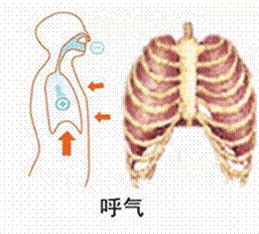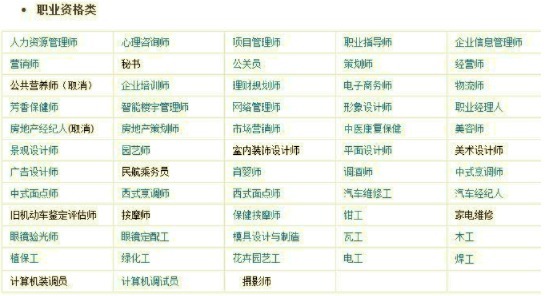Over the past 3 decades, the prevalence of childhood obesity has increased dramatically in North America, ushering in a variety of health problems, including type 2 diabetes mellitus (T2DM), which previously was not typically seen until much later in life. The rapid emergence of childhood T2DM poses challenges to many physicians who find themselves generally ill-equipped to treat adult diseases encountered in children. This clinical practice guideline was developed to provide evidence-based recommendations on managing 10- to 18-year-old patients in whom T2DM has been diagnosed. The American Academy of Pediatrics (AAP) convened a Subcommittee on Management of T2DM in Children and Adolescents with the support of the American Diabetes Association, the Pediatric Endocrine Society, the American Academy of Family Physicians, and the Academy of Nutrition and Dietetics (formerly the American Dietetic Association). These groups collaborated to develop an evidence report that served as amajor source of information for these practice guideline recommendations. The guideline emphasizes the use of management modalities that have been shown to affect clinical outcomes in this pediatric population. Recommendations are made for situations in which either insulin or metformin is the preferred first-line treatment of children and adolescents with T2DM. The recommendations suggest integrating lifestyle modifications (ie, diet and exercise) in concert with medication rather than as an isolated initial treatment approach. Guidelines for frequency of monitoring hemoglobin A1c (HbA1c) and finger-stick blood glucose (BG) concentrations are presented. Decisions were made on the basis of a systematic grading of the quality of evidence and strength of recommendation.
The clinical practice guideline underwent peer review before it was approved by the AAP. This clinical practice guideline is not intended to replace clinical judgment or establish a protocol for the care of all children with T2DM, and its recommendations may not provide the only appropriate approach to the management of children with T2DM. Providers should consult experts trained in the care of children and adolescents with T2DM when treatment goals are not met or when therapy with insulin is initiated. The AAP acknowledges that some primary care clinicians may not be confident of their ability to successfully treat T2DM in a child because of the child’s age, coexisting conditions, and/or other concerns. At any point at which a clinician feels he or she is not adequately trained or is uncertain about treatment, a referral to a pediatric medical subspecialist should be made. If a diagnosis of T2DM is made by a pediatric medical subspecialist, the primary care clinician should develop a comanagement strategy with the subspecialist to ensure that the child continues to receive appropriate care consistent with a medical home model in which the pediatrician partners with parents to ensure that all health needs are met.
前期糖尿病的12大预兆 2013年美国AAP儿童青少年2型糖尿病攻略
精彩推荐
- 中汽研实测满分认证!鸿蒙智行全系安全硬实力破局行业乱象

随着辅助驾驶功能从高端车型的专属配置逐步下沉为新能源汽车的标配选项,消费者对这项技术的关注点始终聚焦于最核心的安全性上。然而,近年来频发的辅助驾驶相关事故、各第...详细
- 辅助驾驶测评标准趋严,鸿蒙智行以安全表现树立行业标杆

近年来,随着智能汽车快速发展,辅助驾驶功能逐渐成为消费者选车的重要参考。然而,由于第三方测评标准不一、测试方法各异,导致评测结果往往难以横向比较,甚至引发公众对...详细
- 主动防护+被动硬实力,问界新M5 Ultra和Model Y谁能护全家周全?

最近不少家庭和中高端用户开始将目光锁定在智能SUV市场。在众多车型中,有两款尤为引人关注:一款是华为深度赋能的问界新M5 Ultra,另一款则是长期占据话题榜的特斯拉Model...详细
- 从“可用”到“好用且安全”:华为乾崑智驾ADS 4的进阶逻辑

在智能驾驶技术加速落地的今天,行业正面临一个关键命题:如何让辅助驾驶真正从能用跨越到好用且安全?市场上不乏宣称具备高阶智驾能力的产品,但多数仍停留在特定场景下的...详细
本周热门
- 同仁堂健康双十一活动开启 “象食养医”倡导从健康的时候就关注健康

如果你想了解自己身体的秘密,让健康成为日常的生活方式,保持年轻的状态,实现抗衰老,逆生长的美好愿望,那么今年双十一的这场活动你一定不要错过。11月1日,同仁堂健康...详细





